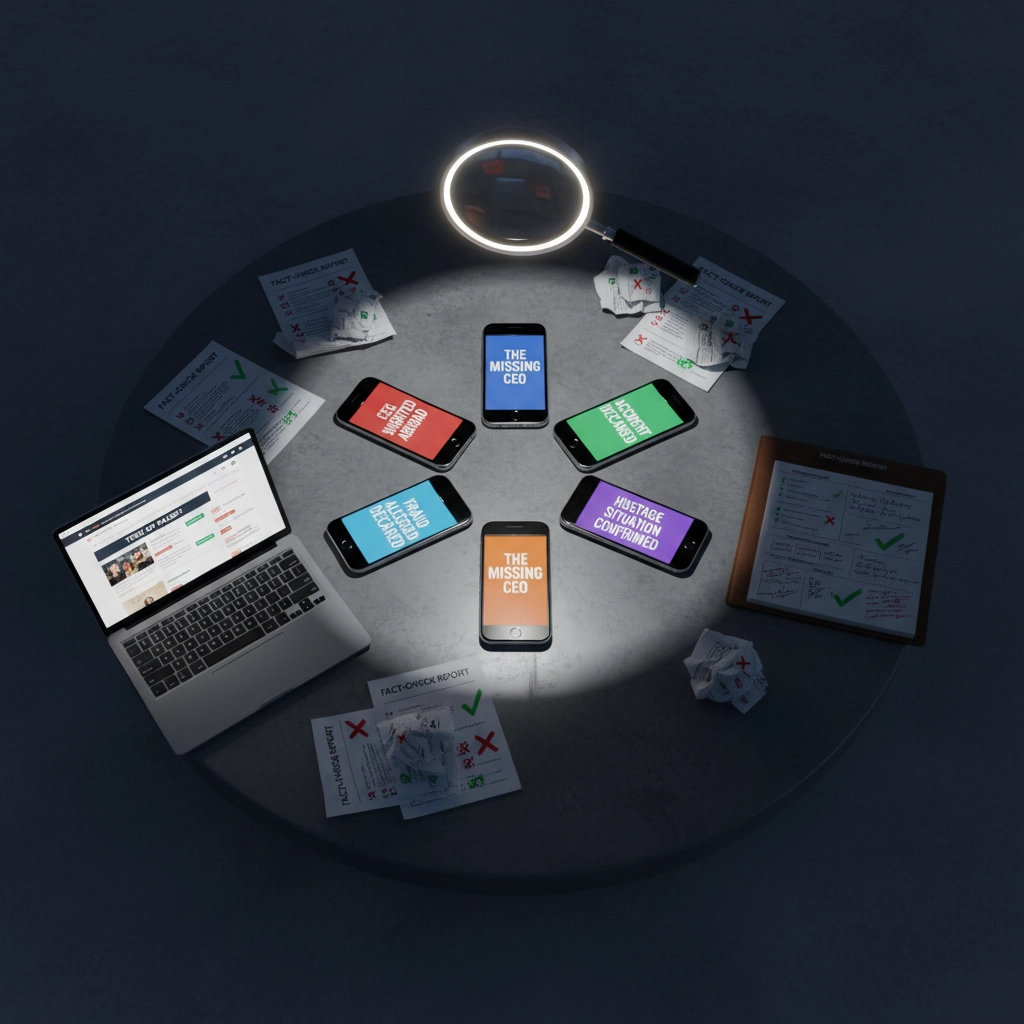Remember when your aunt shared that "breaking news" about penguins invading Florida beaches? Yeah, that was AI-generated nonsense that fooled thousands of people. We're living in the wild west of information right now, and AI news reliability has become about as trustworthy as a chocolate teapot.
Here's the scary truth: studies show that nearly half of all AI-generated news summaries contain factual errors. That means every other "news" article you're reading from AI sources might be feeding you complete garbage. But don't panic – I've got your back with seven bulletproof methods to separate fact from fiction in this digital chaos.
Why AI News Is Getting Facts Wrong (And Why It Matters)
AI systems don't actually "know" anything. They're pattern-matching machines that piece together text based on what they've seen before. When ChatGPT tells you about a recent event, it's not checking sources or verifying facts – it's making educated guesses based on its training data.
The problem gets worse when these AI systems hallucinate (yes, that's the technical term). They confidently present completely made-up statistics, fake quotes from real people, and non-existent studies as absolute truth. Just last month, an AI news bot claimed that 73% of Americans preferred pineapple on pizza, citing a "Stanford University study" that never existed.

This isn't just about silly food preferences. When AI gets facts wrong about health information, political events, or financial advice, real people make real decisions based on fake information. That's why developing strong digital literacy skills isn't optional anymore – it's survival.
The 7 Essential Fact-Checking Methods That Actually Work
1. Cross-Reference Across Multiple Credible Sources
Never trust a single source, especially if it's AI-generated. When you see a claim, highlight the key facts – statistics, names, dates, quotes – then search for each one independently. Real news appears across multiple legitimate outlets. Fake news? It usually shows up on sketchy websites with names like "TruthEaglePatriot.net."
2. Check the Source's Credentials
Ask yourself: Who wrote this? What's their expertise? A cardiologist discussing heart health? Probably reliable. A random blogger with zero medical training claiming vaccines contain microchips? Hard pass.
Look for an "About Us" section. Legitimate sources tell you who they are and how to contact them. If you can't find basic information about who's behind the content, that's your first red flag.
3. Hunt for Citations and Original Sources
Quality journalism cites sources. When you see statistics or study references, track down the original research. Use Google Scholar to verify academic claims. If someone says "studies show" without linking to actual studies, they're probably making stuff up.
4. Use Professional Fact-Checking Websites
These sites do the heavy lifting for you:
- FactCheck.org
- PolitiFact
- Snopes
- Google's Fact Check Explorer
Simply search for the claim you're questioning. These platforms have already investigated thousands of common myths and misinformation campaigns.
5. Assess Bias and Look for Balance
Every source has some bias, but reliable sources try to present multiple perspectives. If an article uses extremely emotional language or only presents one side of a complex issue, treat it with suspicion. Neutral reporting states facts without trying to make you angry or scared.
6. Practice "Lateral Reading"
Instead of diving deep into one article, scan multiple search results first. See how different outlets are covering the same story. If only one source is reporting something "groundbreaking," it's probably not true.
7. Verify Dates and Check for Updates
Information expires. A true statement from 2020 might be completely wrong today. Always check publication dates, especially for health, technology, or political content. AI systems often mix up timelines and present outdated information as current news.

Red Flags That Scream "Fake News"
Here's what to watch out for when evaluating AI news reliability:
• Emotional headlines with ALL CAPS and exclamation points
• Vague sources like "experts say" or "studies prove"
• Perfect grammar but weird phrasing (AI tells)
• Statistics without sources or links
• Claims that seem too good/bad to be true
• Articles with no author byline or credentials
• Content from websites you've never heard of
I learned this lesson the hard way last year when I shared an article about a "revolutionary" weight loss discovery. It had impressive-sounding statistics and quoted "Dr. Johnson from Harvard." Turns out, there was no Dr. Johnson at Harvard, and the entire study was fabricated. My friends still tease me about falling for fake news, but it taught me to slow down and verify before sharing.
Building Your Digital Literacy Defense System
News verification isn't just about individual articles – it's about building habits that protect you from misinformation. Start by diversifying your news diet. Follow multiple sources across the political spectrum. Subscribe to newsletters from established publications that have editorial standards and fact-checking processes.
Create a "pause before sharing" rule. When something makes you really angry or excited, that's exactly when you should slow down and verify. Emotional reactions are what misinformation creators count on to spread their content.

Teach these skills to your family and friends. Misinformation spreads because people don't know how to spot it. The more people who understand fact-checking AI and news verification techniques, the harder it becomes for fake news to go viral.
Consider investing in subscriptions to quality journalism. Yes, it costs money, but professional journalists have editors, fact-checkers, and accountability systems that AI content lacks. Supporting real journalism helps ensure we have reliable information sources in the future.
Remember, becoming digitally literate isn't about becoming paranoid or cynical. It's about becoming a smarter consumer of information. You can still enjoy the convenience of AI news summaries – just verify important information before you believe it or act on it.
The internet will only get more crowded with AI-generated content. The people who learn fact-checking skills now will be the ones who can navigate this new landscape without getting fooled. The people who don't? Well, they'll be the ones sharing articles about penguin invasions.
What's the wildest piece of "news" you've seen shared on social media lately – and did you fact-check it before you knew it was fake?






